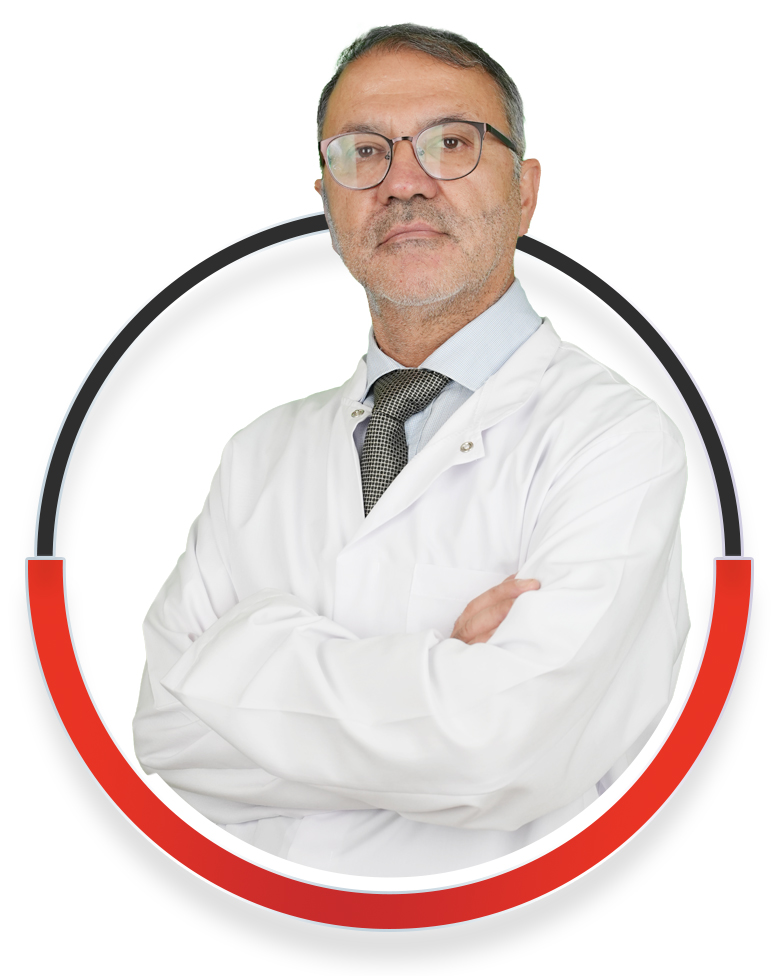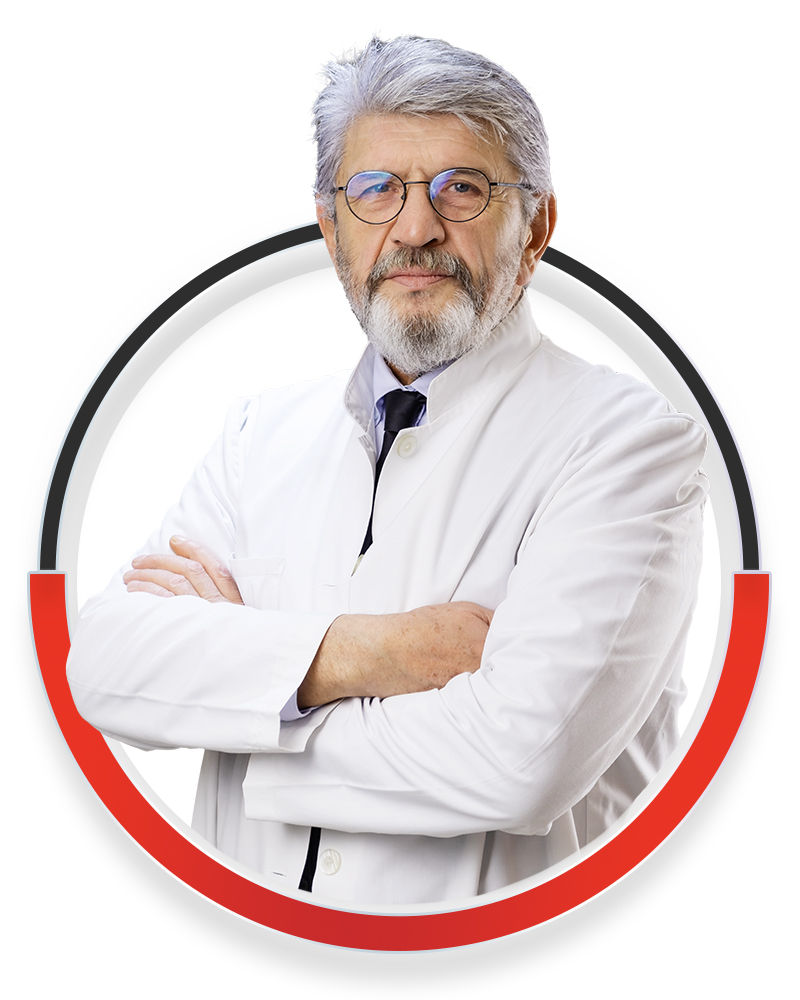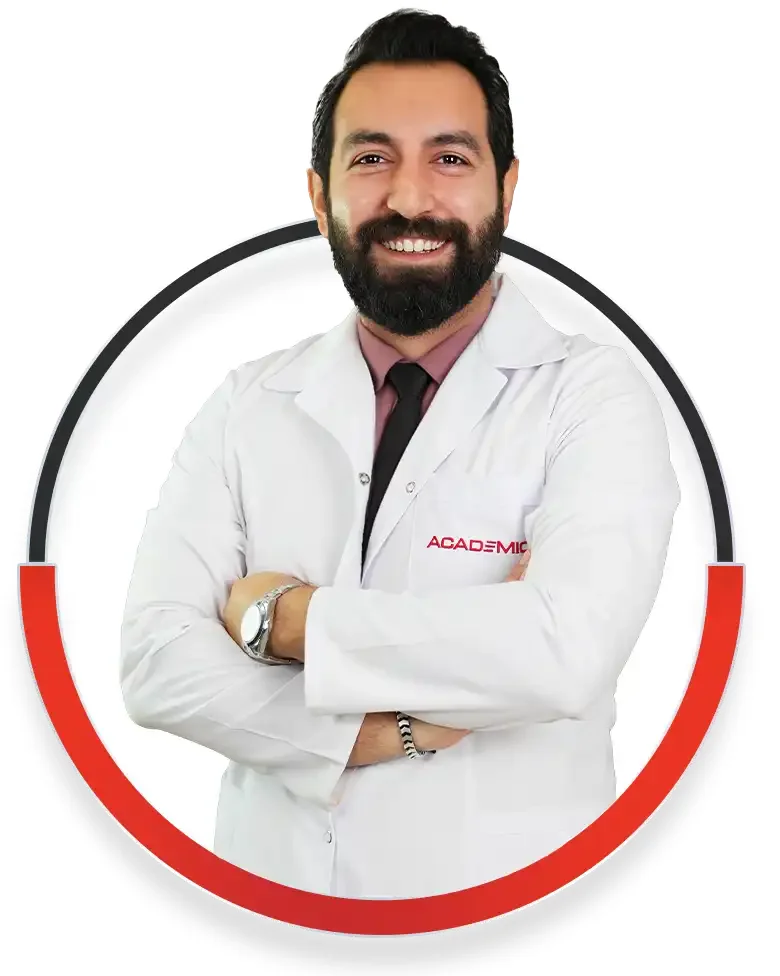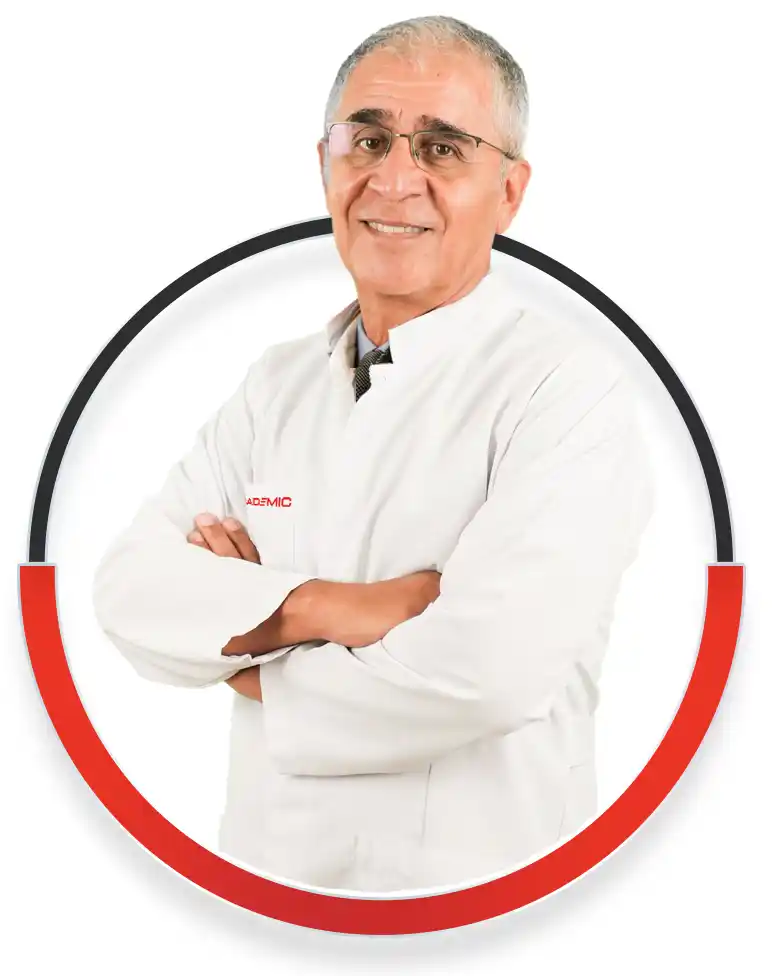The system that keeps the human standing: Muscle and Skeleton
Orthopaedics and traumatology is the medical specialty that deals with the diagnosis, treatment, and follow-up of muscle and skeletal system problems, also known as locomotor problems. Orthopaedics and traumatology include many sub-branches and offer a wide range of options in terms of diagnosis and treatment.
Diseases of the musculoskeletal system are treated by specialist physicians using cutting-edge technology in academic hospital orthopaedics and traumatology departments.
What diseases do we treat in this department?
- Trauma Surgery
- Arthroscopic surgery
- Sports Injuries
- Prosthetic Applications
- Tendon and nerve injuries
- PaediatricOrthopaedics
- Hand surgery
- Upper extremity surgery
- Foot deformity surgery
Surgical Intervention of the Damaged Area: Trauma Surgery
Medical trauma is the exposure of humans or other living beings to significant and effective bodily and/or mental injuries. It means that a tissue or organ is faced with an external effect in a way that disrupts its structure or form. An orthopaedic trauma is any injury that affects the bones, joints, muscles, tendons, and ligaments and is caused by trauma in any part of the body. Falls, ankle sprains, blows to certain parts of the body, and sports accidents are frequently encountered as the main causes of traumatic injuries. The traumatized person should go to the hospital immediately and receive appropriate treatment under the supervision of a physician.
Trauma surgery is a sub-branch of orthopaedics and the department where surgeries are performed for traumas such as muscle and bone injuries and limb ruptures. Physicians in this field aim for the patient to regain the strength they had before the injury and for the traumatized area to regain its former function with the surgical interventions they perform.
A Look Inside the Joints: Arthroscopic Surgery
Joints play an important role in people's ability to move freely. Arthroscopic surgery refers to looking inside the joints, which is important for our survival. The insides of the joints are visualized with the help of a very small camera and lighting system. arthroscopic performed joints: ankle, shoulder, knee, wrist, and elbow. Sometimes the big toe joints can also be operated on. The essence of arthroscopic surgery are the cameras and instruments, which are very small (approximately half a centimetre), so the surgical procedure can be performed without the need for open surgery. An incision smaller than one centimetre is sufficient to perform the procedure. This helps the patient recover quickly, both physically and psychologically. The complete recovery after arthroscopic surgery takes a few months. The Department of Orthopaedics and Traumatology successfully treats traffic accidents, falls, fractures, and other traumatic injuries caused by a variety of factors.
Sports Injuries: Danger lurks around every corner!
Sports are an activity that should be done by individuals of all ages for their mental and physical health. However, sports are an activity that is open to accidents and/or injuries. The main injuries that can occur in many parts of the musculoskeletal system are fractures and dislocations, muscle and tendon injuries, and ligament and cartilage injuries in the joints. In these injuries, physical therapy and rehabilitation methods are also applied after the first intervention. Surgical intervention is sometimes required. Intra-articular problems arising from sports injuries are successfully treated with the arthroscopic method in the Department of Orthopaedics and Traumatology.
Prosthetic applications: returning to active days is possible
Joint prostheses can be applied to many joints in the body, especially the knee and hip, and it is a method that aims to restore the person's former mobility. Joints degenerate, especially with age, and begin to fail to function. This situation causes the patient to feel severe pain in the degenerative area. Surgical prostheses are one of the important tools in solving this problem. However, it is critical that this application be carried out by a specialist physician. Because potential complications may cause the patient to have difficult times in the future, all kinds of hip, knee, and joint prostheses due to joint calcification can be successfully performed in our Department of Orthopaedics and Traumatology.
Muscle, tendon, and nerve injuries: Do Not Underestimate Symptoms
Muscle, tendon, and nerve injuries often occur when the person has an accident, falls, receives a blow, or moves backwards. It is mostly seen in the wrist, ankle, shoulder, knee, neck, and fingers. If left untreated, it causes loss of strength, pain, and numbness in the areas where the injury is and causes the muscles to fail to function. If muscle, tendon, and nerve injuries are advanced, surgical intervention is required. If the injury is detected in the early stages, it can be treated with physical therapy and rehabilitation.
PaediatricOrthopaedics: From Healthy Childhood to Healthy Adulthood
Like all adults, babies and children may encounter some orthopaedic problems. Anomalies in the musculoskeletal system of children fall within the scope of the Department of PaediatricOrthopaedics. Congenital hip dislocations, fractures, and dislocations; gait problems; congenital clubfoot problems; spinal abnormalities; and inward or outward pressing are the areas of interest for paediatricorthopaedics. Surgical treatments are successfully applied in this field as well.
Hand and Upper Extremity Surgery: A Sensitive Area, A Sensitive Treatment
Hands and arms are our limbs, the functioning of which we witness the most. These hardworking parts of the body can sometimes be rendered inoperable for a variety of reasons. Hand surgery is the department that deals with the health of the parts from the tip of the fingers to the shoulder. Problems such as fractures and dislocations in the hand and arm, nerve compression, and muscle and tendon ruptures are within this section as well. However, carpal tunnel syndrome, which is common in the wrist and is also known as "nerve compression," and congenital six-fingered or attached finger problems are also diseases that this department treats. In hand surgery, microsurgery technique is applied, surgeons aim to return the patient to their normal life by performing very meticulous operations. Our hospital successfully performs surgeries that require microsurgery (such as finger cuts) due to work accidents.
Foot Deformity Surgery: A Common Problem
Congenital or acquired foot deformations due to factors such as trauma, neurologic causes, and tendon failure are one of the problems that foot deformity surgery frequently undertakes to treat. The aim of the applied treatment method is to eliminate the walking problem by ensuring that the patient is able to stand up straight.










